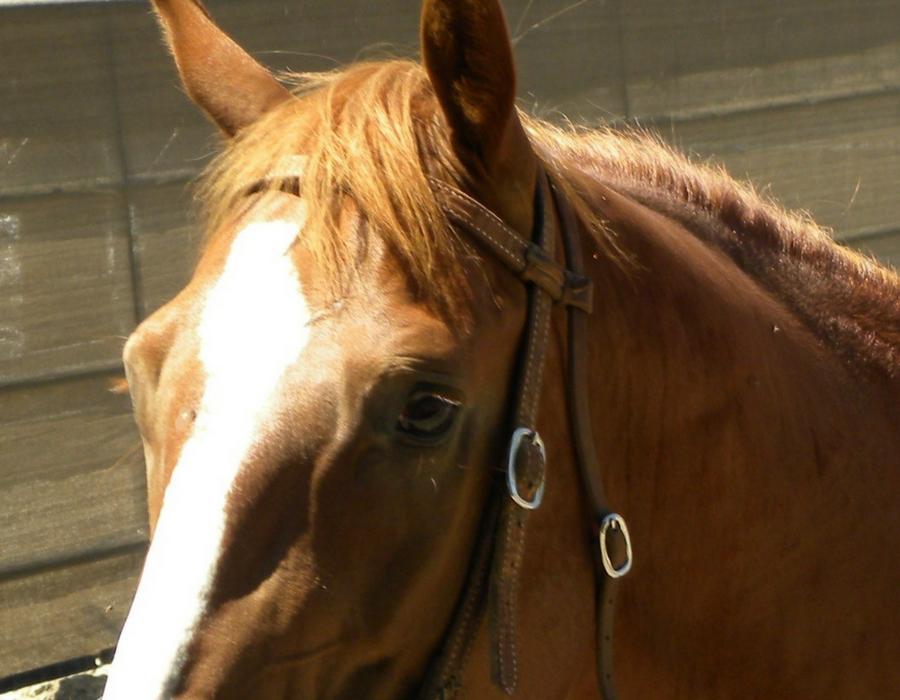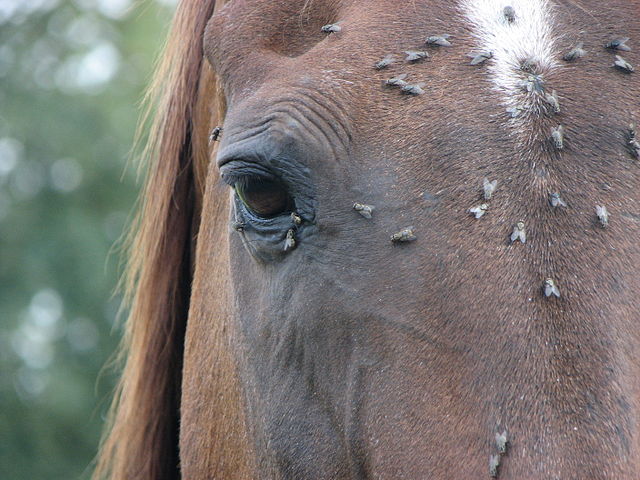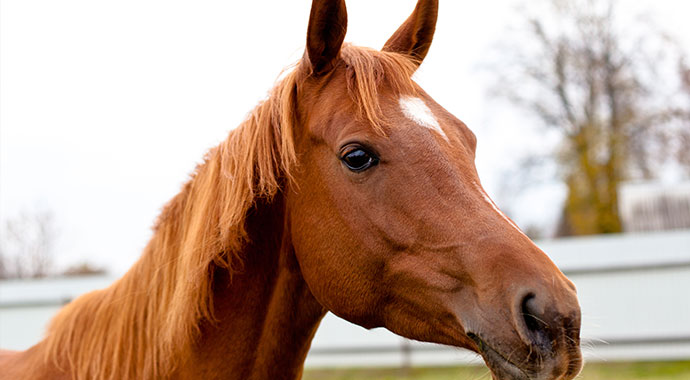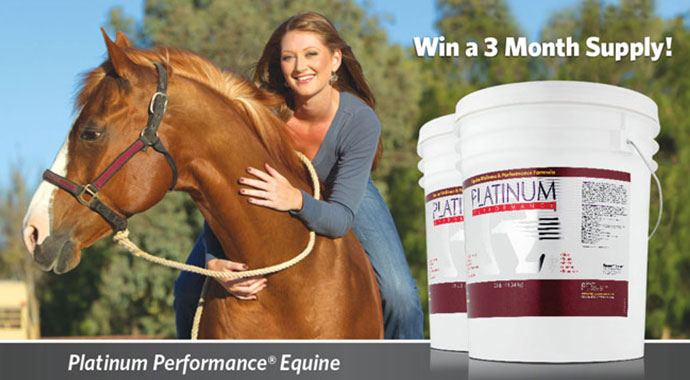As horse owners, we all go through periods of time when we simple aren’t able to spend as much time with our beloved equine friends as we would like. Occasionally, financial constraints threaten our ability to care for our beloved equine partners. Whether it’s a new job, a life changing event, or monetary pressure, sometimes we come to a crossroads where we have to make the hard decisions. For many of us, selling simply isn’t an option, even if we’re eating Top Ramen to save enough money to pay for our feed bills or running ourselves ragged trying to get to the barn for 30 minutes before the sun goes down just to keep our horses in shape. Many don’t realize that there are alternatives to selling that are “win-win situations” for all involved.
Don’t Put the “Horse for Sale” Ad Up Just Yet
Recently, a friend of mine came to me almost in tears. She had just undergone a major life change, had to move and downsize her living situation and she was struggling to keep her head afloat. Her horse is her best friend – a partner that carried her to countless championships and provided a soft shoulder to cry on in her darkest times. Thinking about selling her beloved gelding was like a knife in the chest, but she didn’t feel like she had any other options. I got her a warm cup of coffee and started to go over the horse leasing alternatives to selling her gelding, most of which she knew nothing about.
Here’s a List of Horse Leasing Alternatives and How They Work:
Full Lease
This is a great option for those equestrians who are looking for a situation where their horses will be completely cared for by someone else. The “full lease” is traditionally a paid situation. The lessor gives up all privileges of day to day ownership and simply retains “title”, for lack of a better word, to their horse. The lessee is responsible for all day to day care, board, basic veterinary and farrier care, supplementation, etc., and traditionally pays a monthly fee for the rights they are given in addition to paying for care costs. The lessee is allowed to board the horse wherever he/she sees fit, travel with the horse as necessary, etc., and the lessor typically does not get any regular interaction with their horse. This agreement is usually entered into with a time period in mind – i.e. six months or one year with reevaluation at the end of each term.
On the lessee side, this is a great option for people who are looking for a “transition horse” – beginner to intermediate riders who are getting into the show world, kids who are just starting out and don’t want to purchase a horse they will grow out of, riders who are not quite sure where they will be in a year’s time, etc. For the lessor, this is a great way to maintain ownership, but transfer the responsibility of 99% of the care and expense.
Half Lease
This situation has become increasingly popular in the last ten years. Many people want to enjoy the equestrian lifestyle, but simply can’t invest the time or money into full ownership. A half lease provides a good option for both lessor and lessee, as it relieves a good portion of the financial and time burdens of ownership for the lessor and it provides a fairly full horse ownership experience for the lessee.
Half leases are typically entered into on a month to month basis and provide a certain number of days per week where the lessee has the benefits – and responsibilities – of the horse (3 to 4 days per week is pretty typical). There is usually a monthly fee paid and the lessor retains responsibility of board costs, care costs, etc. In most cases, the lessee is only given limited rights as to what can be done with the horse, whether the horse can be taken off of the boarded premises, etc. In most circumstances, the lessor can expect to charge a lease fee that will pay for approximately half of the horse’s basic care costs.
Feed Lease
The “feed lease” is another popular option for horse owners who are simply interested in finding a situation where someone else pays for the care of their horse. This situation is much like a full lease, only the lessee is not paying a monthly fee to lease a horse, he/she is only paying for the care and upkeep of the horse. The levels of responsibility and control given up by the lessee are fairly negotiable with this option, and can range anywhere from a lessee assuming 99% of the custody and control, to a lessor putting stipulations as to where a horse can be boarded, if it can travel, who can ride or use the horse, etc. These situations are usually done on a monthly basis and reevaluated with more regularity than the full lease.
Horse Leasing Alternatives: Things to Think About
Once you have figured out which “lease” option will work best for you and for your horse, you have to get down to the “brass tacks”, so to speak. The comfort and care of the horse is the number one concern, so choosing a lessee wisely and vetting their situation and experience is of the utmost importance. You want to make sure that you get references, both general and equine related for any potential lessee, that you spend the necessary time showing your horse to any potentials to make sure that the situation is a good fit, and that you disclose any and all pertinent information about your horse to potential lessees. You will want to have a very specific and detailed contract that explains all rights and responsibilities of both parties, and you will want to provide for a schedule of care for your horse – i.e. veterinary appointments, farrier appointments, number of “rest days” per week, level of usage, etc.
In most lease situations, the lessor in retaining ownership of the horse also retains the responsibility for veterinary care that is above and beyond “basic”. If your horse becomes injured or ill in the custody of a lessee and it is not something that has “fault”, you will be responsible for this. It is a good idea to require that any lessee in a “full lease” or “feed lease” situation provide you with monthly updates as to the condition and health of your horse.
Consider a Horse Leasing Alternative that Works For You and Your Horse
In closing, you will find that if you are in a situation where it become necessary to think about leasing your horse, you will feel some guilt associated with the decision. Remember, if you always keep the care and comfort of your horse at the forefront, no decision is a bad decision. In many cases, choosing to lease your horse for a period of time will not only give you financial and “time” relief, it will also give your horse a consistent daily routine (that you may not be in a position to provide) and interactions with someone who is truly thankful to be able to have the opportunity to spend time with him.
Cover Photo: Sharon Jantzen – taken at the Travis Mankins Clinic




